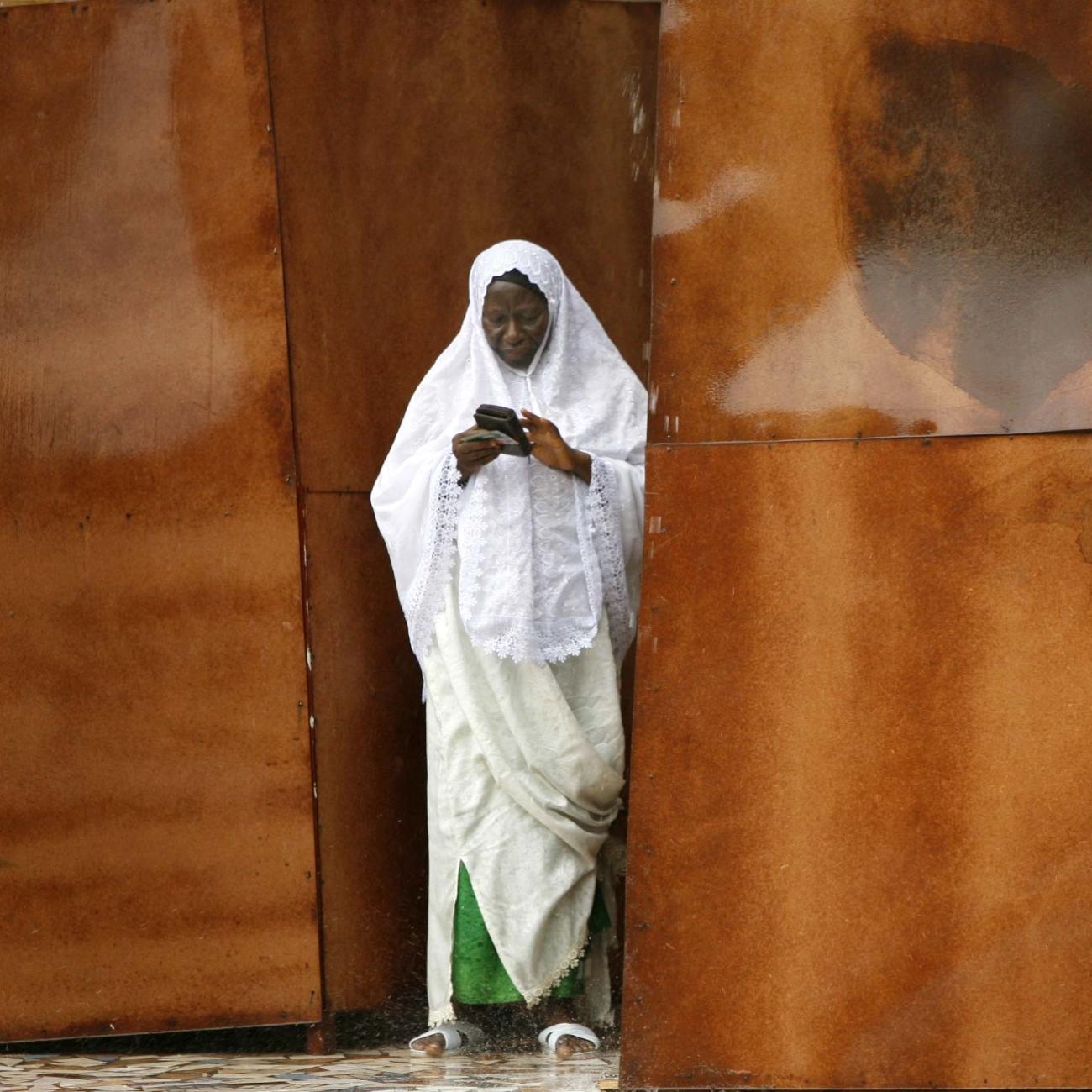Men die younger from deadly diseases such as COVID-19, road injuries, and heart disease—and women are more likely to experience lifelong chronic conditions such as mental health concerns, HIV, and lower back pain. These takeaways are according to a new paper from the Institute for Health Metrics and Evaluation (IHME), which examined how differences in sex and gender shape health and well-being globally.
"Gender informs the way that we interact with the world," said Gabriela Gil, lead author on the IHME study, which published May 1 in The Lancet. "We can't talk about health disparities . . . without talking about sex and gender, and how that affects our health outcomes."
Using data from the latest Global Burden of Disease study, IHME researchers compared disability-adjusted life years (DALYs)—the years of life lost or lived with a disability due to a particular illness—to assess how diseases affect men and women differently. The study found many of the health gaps begin at a young age, when gender identity and hormonal changes start to diverge, and widen over people's lifetimes.
The influence of sex and gender on disease calls for tailored health interventions that effectively address the needs of both men and women.
"Making sure that policymakers are applying gender and sex responsive lens to not just female, and women's health, but also to male health is . . . important." said Gil.
To address "women's health," for example, policymakers need to think beyond reproductive health and consider the harmful but often invisible conditions, such as depression and anxiety, that women face throughout their lives. Not only are these conditions often ignored or underreported, but they are also routinely underfunded. Similarly, men would benefit from gender-sensitive strategies that take their greater vulnerability to deadly conditions into account.
Interventions should reflect geographic variation as well: IHME found that in sub-Saharan Africa, women bear a higher burden of HIV/AIDS than in other parts of the world. In the early 2000s, before more widespread testing and treatment was available, the gender gap was particularly stark.
Key to designing effective gender-sensitive approaches to health is more and better data on sex and gender globally.
"Big solutions and big movements are going to be done at more granular levels," said Gil. "And that requires more granular data."

